According to announcements from NASA and JAXA (US and Japanese space agencies), the LignoSat wooden satellite could leave Earth in the summer of 2024.
This magnolia wood satellite, which is the size of a coffee cup, will not become dangerous space debris after its useful life because it is biodegradable.
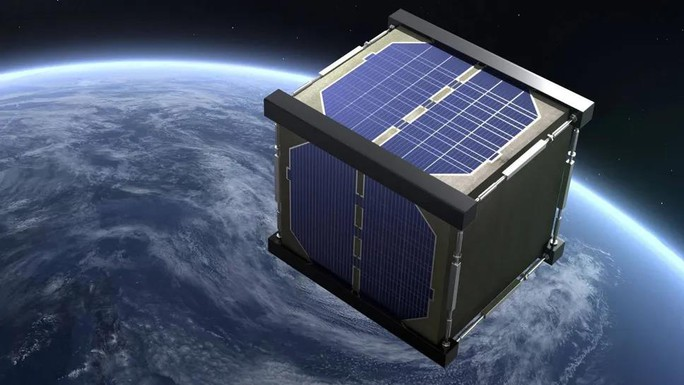
LignoSat - (Photo: NASA/JAXA)
It will not self-destruct in the vacuum of Earth orbit, but after use, space agencies can direct satellites to fall back into Earth's atmosphere, where the wood material easily burns away into a safe fine ash.
According to Live Science , tests to find the optimal wood material for satellites were conducted on the International Space Station (ISS) earlier this year.
Three samples of magnolia, cherry and birch were tested and showed no deformation when exposed to the harsh space environment, which has significant temperature changes and is flooded with intense cosmic rays.
Magnolia wood was ultimately chosen because it is less likely to crack or break during manufacturing.
NASA and JAXA's Magnolia satellite is part of an effort by space agencies around the world to tackle an increasingly dangerous region of Earth's orbit filled with space junk.
It is estimated that there are more than 9,300 tons of space objects, from inactive satellites, used rocket fragments... orbiting the Earth.
These objects increase the overall brightness of the night sky by more than 10%, resulting in light pollution that makes astronomical observations difficult.
In addition, these debris pose a major threat to space stations, spacecraft including satellites operating in Earth orbit or seeking to leave Earth.
A few days ago, the Russian spacecraft Progess MS-24, which was docking with the ISS to deliver supplies, had to "fire" twice to push the entire station higher, once to avoid debris, and once because of a real threat.
Since December last year, the ISS has had to "run away" five times due to threats from debris.
Less fortunately, the Russian Space Agency (Roscosmos) suffered damage to three space vehicles due to debris hitting and leaking coolant, including a Soyuz crew capsule, a Progress cargo capsule and a docking module with the ISS.
The accident with the Soyuz spacecraft left three NASA and Roscosmos astronauts stranded on the ISS for another month, while the cargo ship was forced to plunge into the atmosphere to burn up, after which the remaining small pieces continued to "rest" in the Pacific Ocean.
(Source: Lao Dong Newspaper)
Source








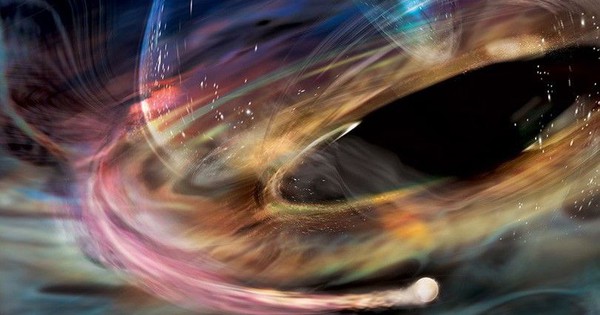

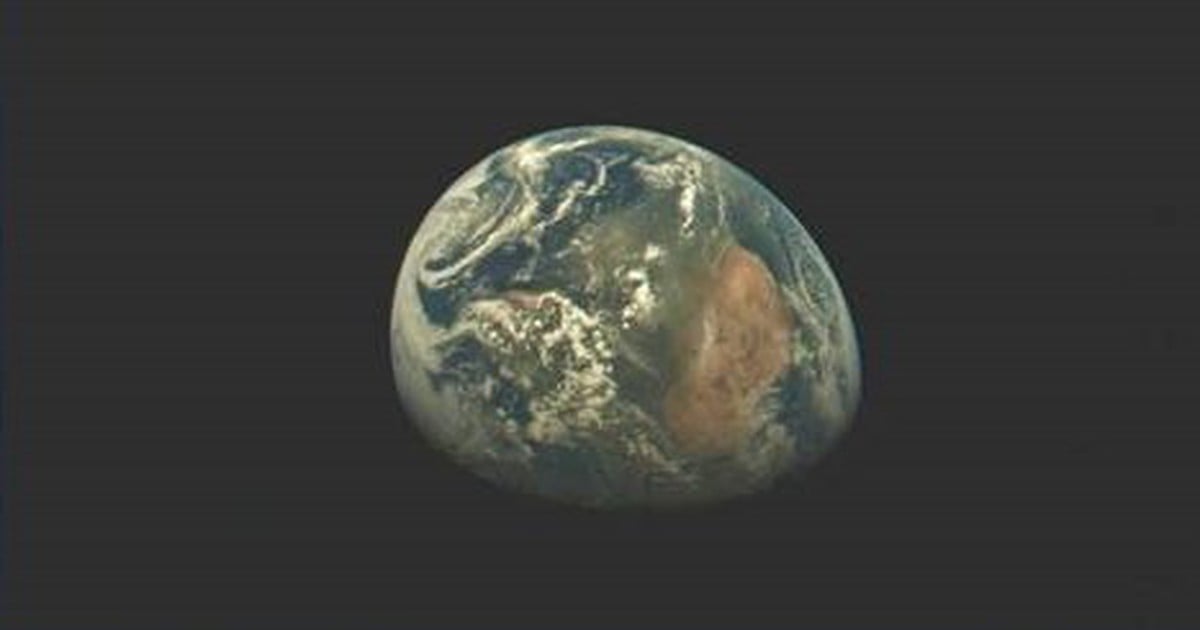

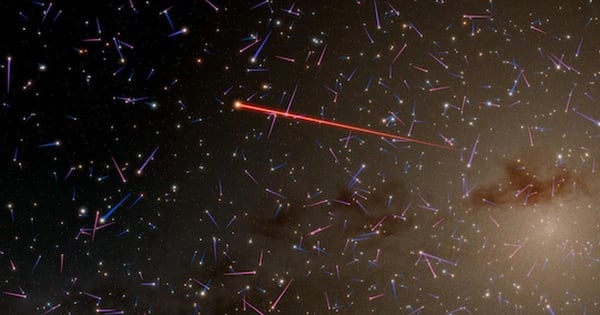
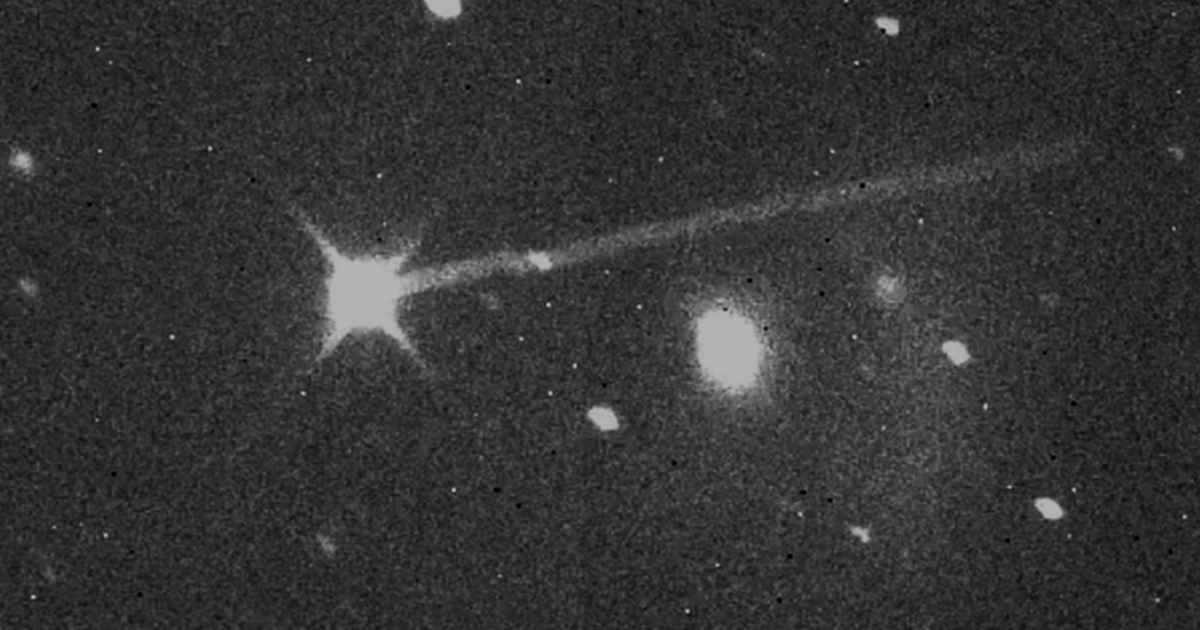

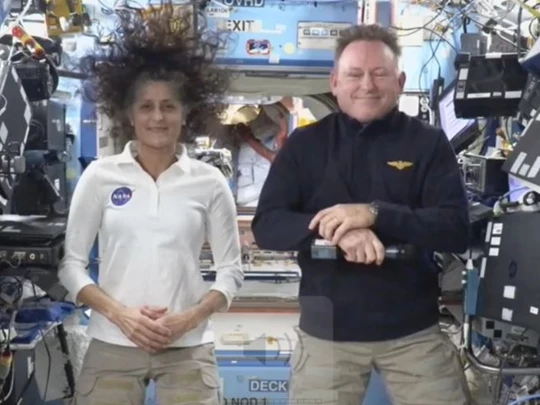

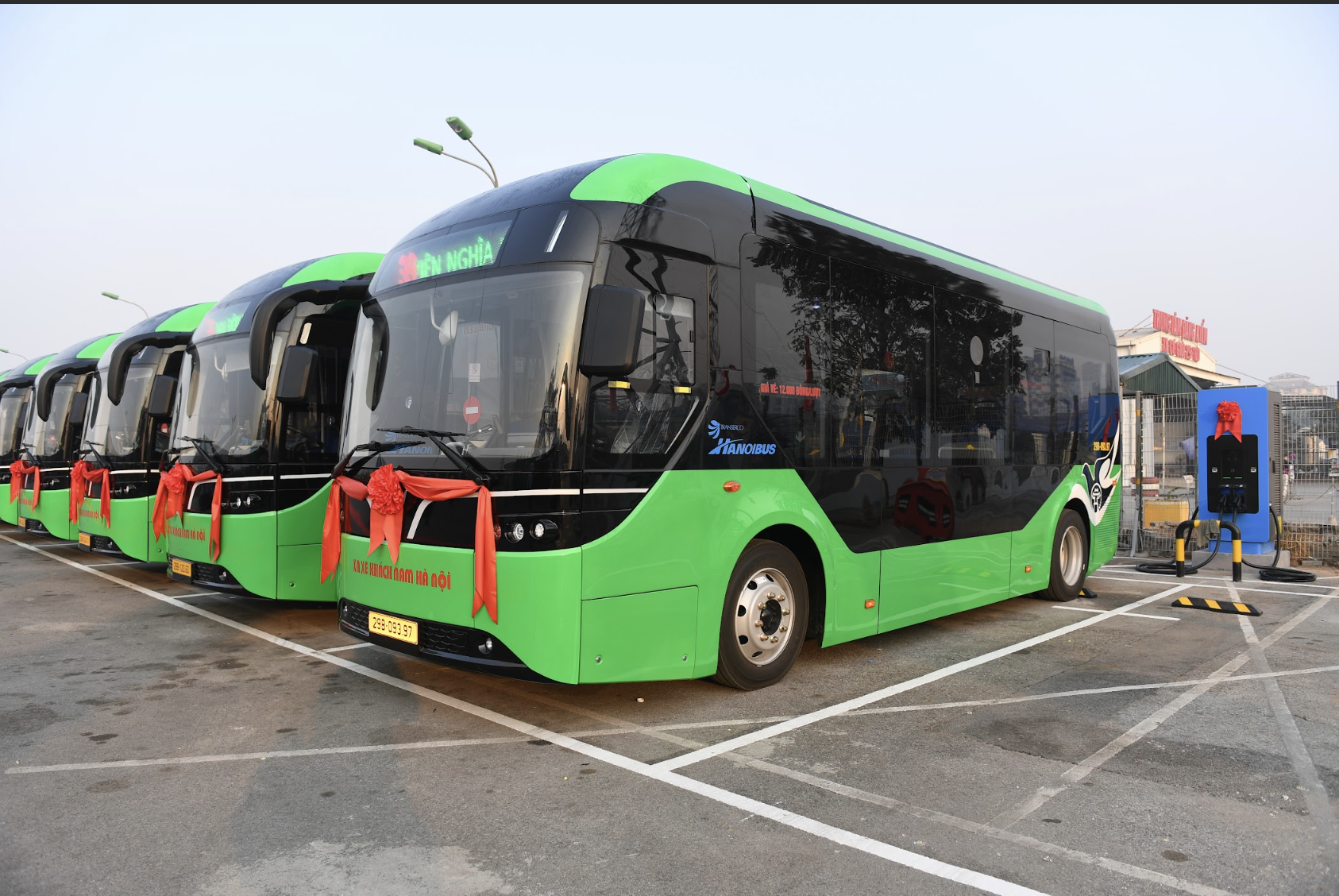

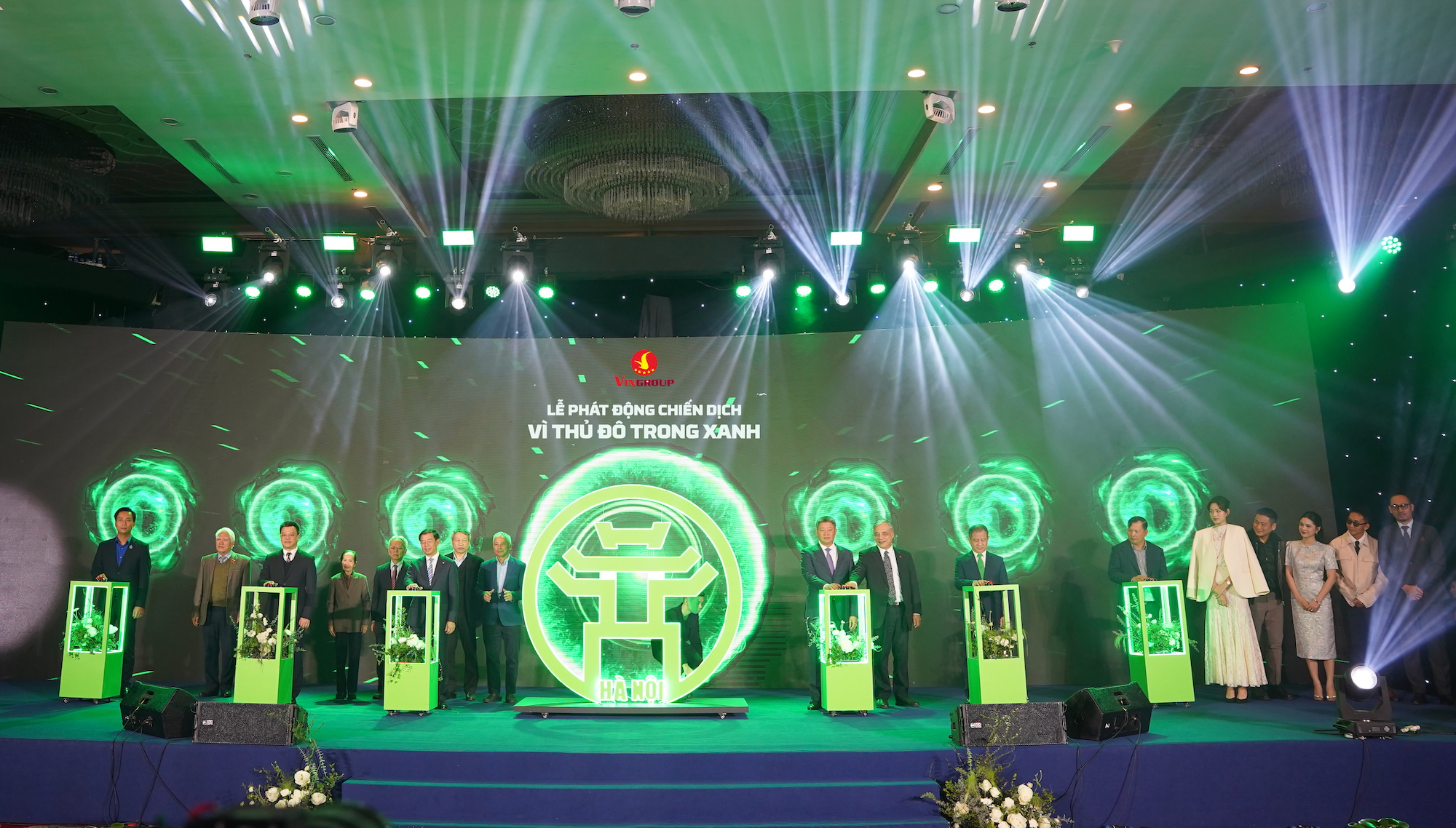

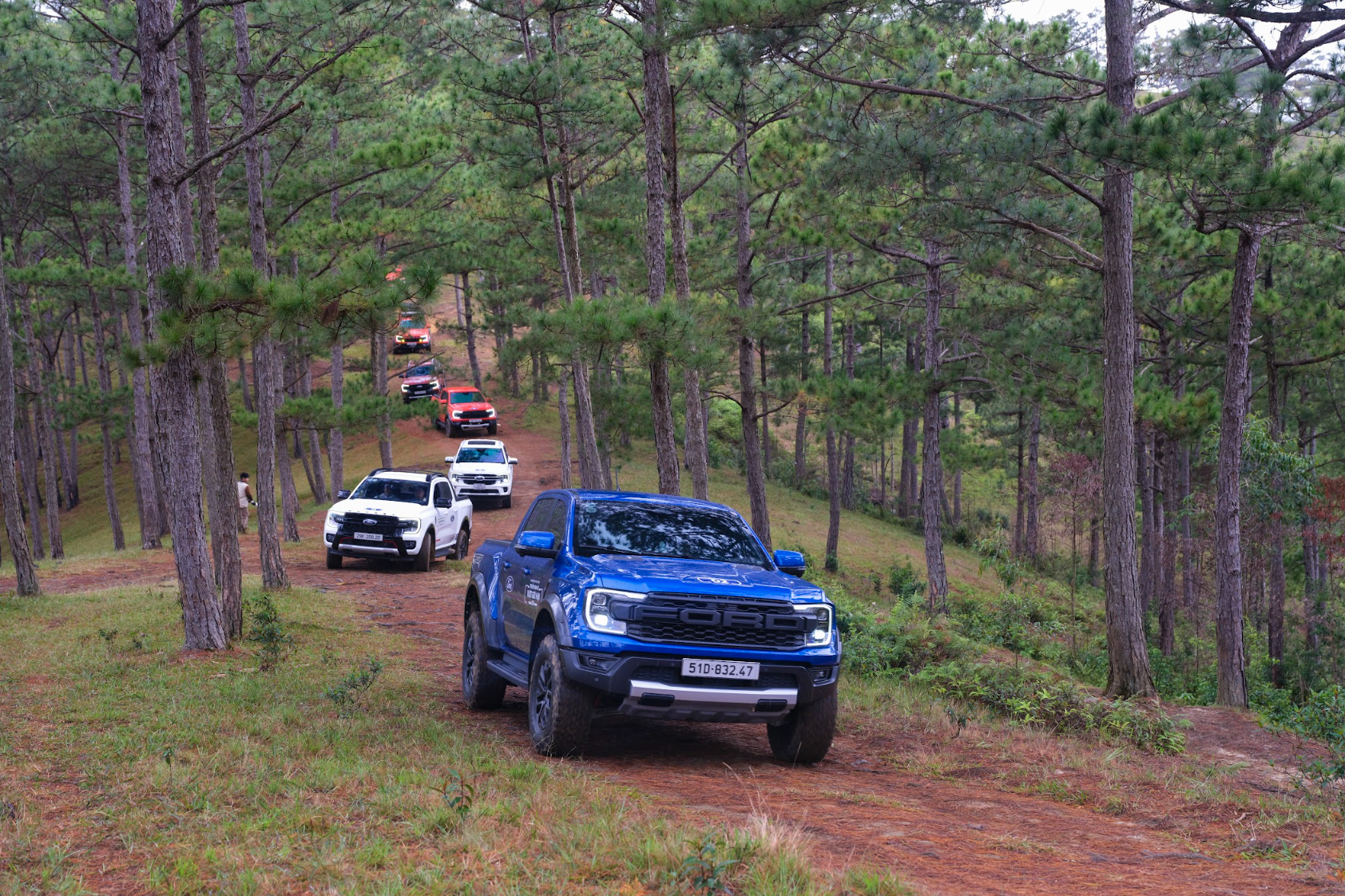















![[Photo] Prime Minister Pham Minh Chinh chairs Government Conference with localities on economic growth](https://vstatic.vietnam.vn/vietnam/resource/IMAGE/2025/2/21/f34583484f2643a2a2b72168a0d64baa)








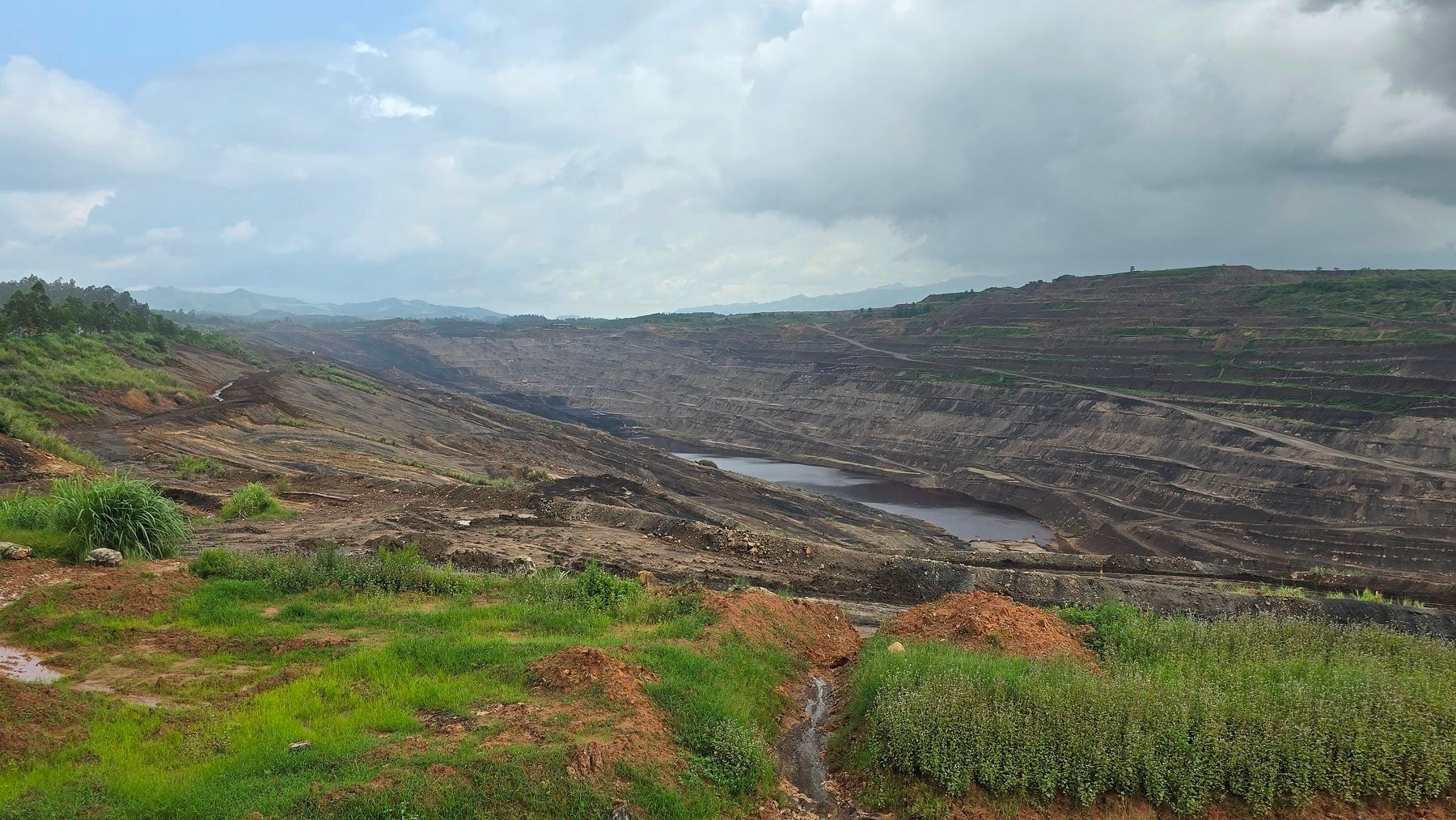


















































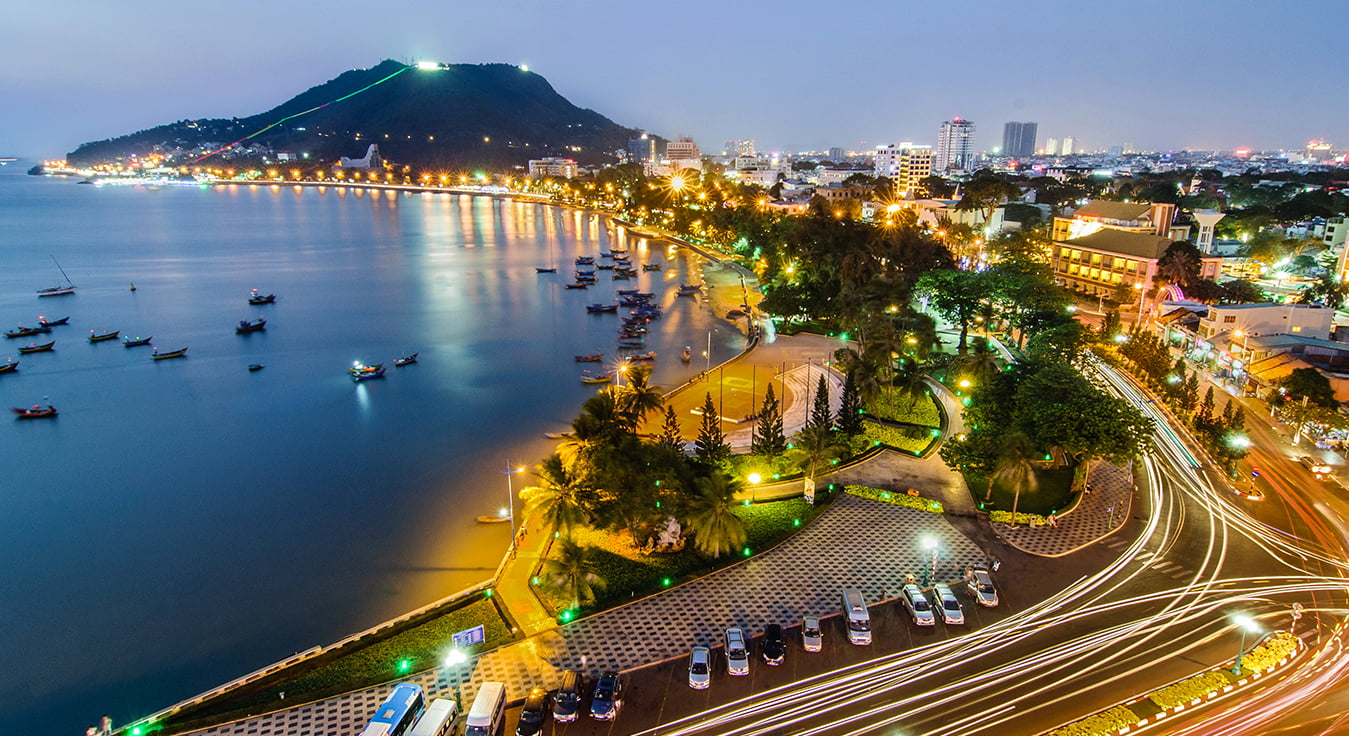
Comment (0)